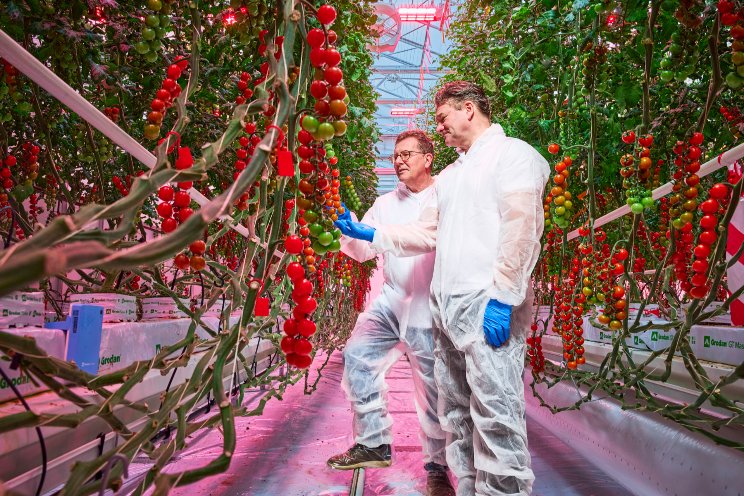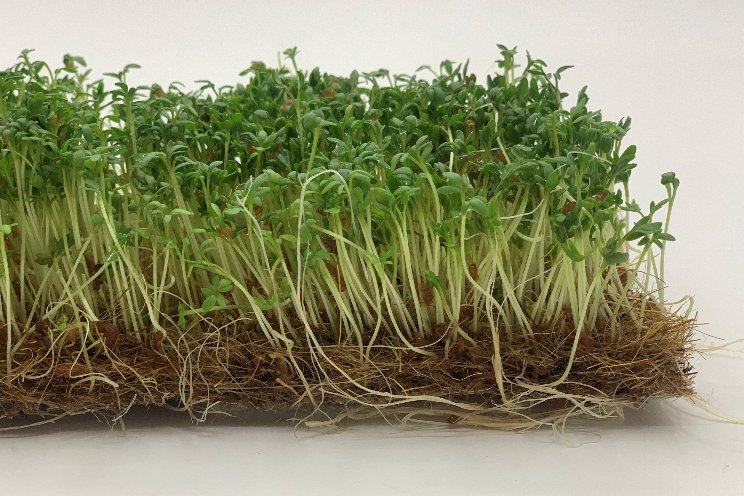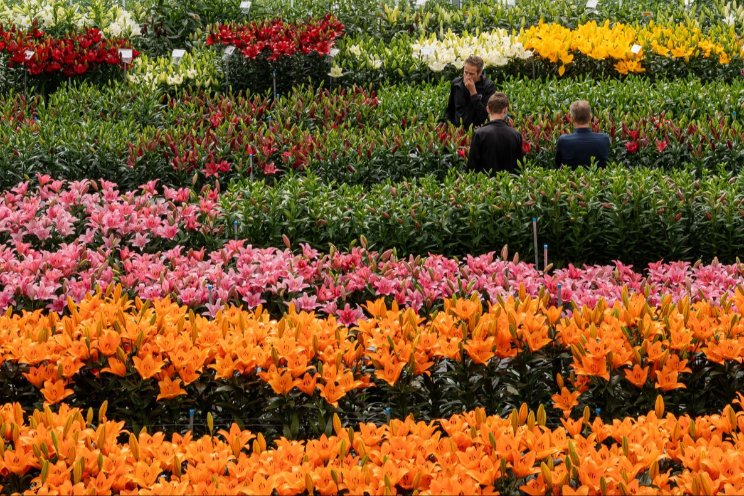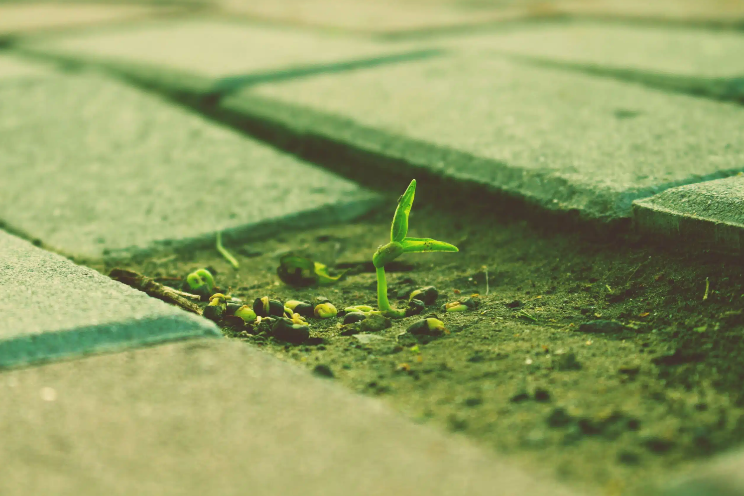A step-by-step guide to efficient greenhouse irrigation
Added on 23 January 2023

Arguably, CEA is already efficient enough, but water is becoming scarcer everywhere due to population increases and other factors. The pressure to be more water-efficient is increasing in CEA right along with other forms of agriculture. Regulators are just as likely to impose restriction of water use on CEA operators as they are on field ag farmers, or the local factory.
One of the key advantages of CEA, that production is closer to population centers thereby requiring less transport, works against us a bit when it comes to water. Being closer to population centers means competing with the municipal, industrial, and recreational demands of cities. In or near cities, there is also more scrutiny by neighbors who are generally less tolerant of water waste and pollution. Improving your irrigation water footprint is being a good neighbor and may result in better customer relations and marketing benefits.
Water is usually cheap relative to other inputs. With so many other efficiency-related investments to consider, why bother with water? For starters, water won’t always be cheap. As demand increases, water infrastructure must expand. Many municipalities are needing to replace or expand existing fresh and wastewater processing capacity at significant cost. Many are restricting water supply and wastewater volume and/or chemistry until capacities are expanded, and the rates will rise when they are. Even with expanded facilities, an ever- increasing population results in the same increase in demand on a finite supply.
Photo: These pressure-compensated drip rings are used for uniform irrigation distribution across the surface of the growing media. Credit: Dramm Corp.
More news















